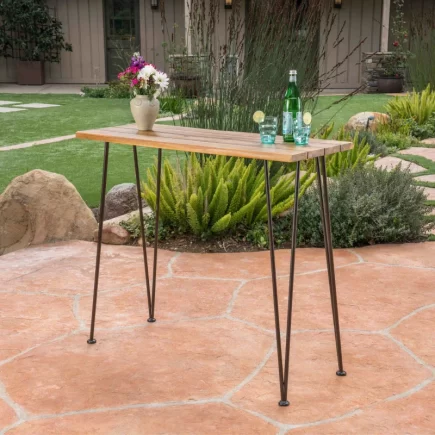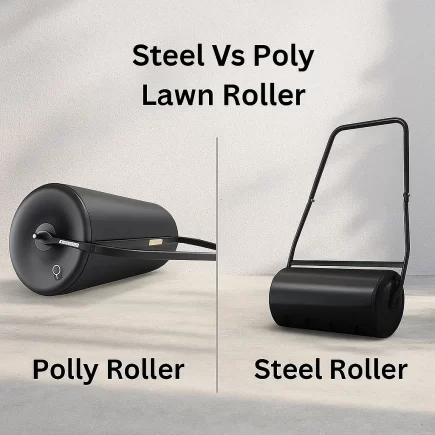Transporting a sofa may seem like a simple task, but it comes with a set of challenges that require careful planning and the right techniques. A large and bulky piece of furniture, a sofa, can be difficult to maneuver through tight spaces, doorways, and staircases. In addition, improper transport can lead to damage to the sofa or injury to yourself.

This article will walk you through the key techniques, tools, and safety tips to ensure that your sofa arrives safely at its new location without a scratch.
Pre-Move Planning: The Essential First Step
Before you begin the actual moving process, proper planning is crucial. Here’s how to prepare:
- Measure Your Sofa and Pathways
Start by measuring your sofa along with the doorways, hallways, stairs, and the space where it will be placed. Check the clearance of all entryways to ensure the sofa can pass through, and remove doors if needed to create extra space. - Clear the Path of Obstacles
Remove any obstacles along the moving route, such as rugs, furniture, or décor. A clear path will help prevent accidents and damage during the move.
Choosing the Right Equipment
Having the right equipment is essential for a smooth and safe sofa transport. Here are the must-have tools for the job:
- Furniture Dolly: A furniture dolly is designed to move heavy furniture easily. It’s essential for loading and unloading the sofa.
- Moving Straps: These straps will help you lift and carry the sofa safely, evenly distributing the weight to avoid strain on your body.
- Gloves: Protect your hands and ensure a firm grip with heavy-duty gloves.
- Blankets: Moving blankets help prevent scratches and dents by cushioning the sofa.

- Specialized Equipment
In some cases, you might need specialized equipment such as a stair-climbing hand truck for navigating stairs more easily, especially if you’re dealing with a heavy or awkwardly shaped sofa.
Disassembling Your Sofa for Easier Transport
To make your sofa easier to move, disassemble it when possible.
- Remove Cushions: Start by removing the cushions, as they are often bulky and can get in the way.
- Take Off the Legs: If your sofa has removable legs, take them off. This reduces the height and makes it easier to fit through doorways.
- Modular Sections: If the sofa has modular pieces, separate them. This helps in navigating narrow spaces and tight corners with less effort.
Disassembling the sofa reduces its weight and size, making the transport process faster and safer.
Packing and Protecting Your Sofa
Protecting your sofa during transport is key to preventing damage. Here’s how to do it:
- Wrap with Moving Blankets: Drape your sofa in moving blankets. This will shield the fabric and prevent scratches or scuffs.
- Foam and Plastic Wrap: For additional protection, cover the sofa with foam or plastic wrap. This will protect the upholstery and keep the sofa in place.
- Secure Fabric: If the fabric is delicate, make sure it’s secured to avoid tears or snagging during the move.

How to Safely Move a Sofa on Stairs
- Plan Your Stair Route Before Lifting
Check stair width, height clearance, and any tight turns. Remove railings or doors if necessary to create more space. - Use the High–Low Carry for Balance
Position one person at the top holding the higher end and another at the bottom holding the lower end. This balances the sofa and reduces strain. - Tilt and Pivot at Tight Corners
For sharp turns or narrow landings, tilt the sofa onto its side and pivot slowly. A spotter can help guide the angle safely. - Add Support with Straps or a Dolly
Moving straps distribute weight evenly across the body, while a stair-climbing dolly reduces effort on steep or long staircases. - Take it Slow and Communicate
Move step by step, pausing on landings if needed. Keep constant communication with your partner to avoid sudden slips or missteps.
Loading Your Sofa into the Vehicle
When it’s time to load your sofa into a truck or van, follow these best practices:
- Use a Ramp: If available, use a ramp to load the sofa into the vehicle. This prevents strain and injury from lifting heavy furniture.
- Securing the Sofa: Once inside the vehicle, use moving straps or ropes to secure the sofa. Make sure it’s tightly fastened to avoid it shifting during transit.
Driving Tips to Ensure Safe Sofa Transport
When transporting your sofa, the way you drive is just as important as how you load it. Follow these tips:
- Avoid Sudden Stops or Sharp Turns: Sudden movements can cause the sofa to shift or get damaged. Drive slowly and cautiously.
- Keep the Sofa Secured: Ensure that the sofa is tightly secured throughout the trip. Any movement could cause scratches or other damage.
Unloading, Positioning, and Setting Up Your Sofa in Its New Home
Once you’ve arrived at the new location, carefully unload the sofa:
- Use the Same Techniques: Apply the same methods used during loading. If possible, have assistance to ensure a smooth process.
- Position the Sofa: Place the sofa exactly where you want it and adjust it slowly to avoid damage to the floor or walls.
- Check for Damage: Inspect the sofa for any damage from the move. If necessary, make minor repairs or consult a professional.
- Reassemble the Sofa: Reassemble any parts you disassembled for transport.
- Final Adjustments: Ensure the sofa is positioned properly in the desired spot, centered and facing the right way.

Safety Tips for Moving a Sofa
Moving heavy furniture can cause injuries if not done correctly. Keep these safety tips in mind:
- Lift Properly: Always bend your knees, not your back, when lifting the sofa.
- Work in Teams: Moving a sofa is a two-person job. Communicate clearly with your moving partner to ensure everyone’s on the same page.
- Wear Gloves and Closed Shoes: Protect your hands and feet from injury by wearing sturdy gloves and closed shoes.
Ensuring a Smooth Sofa Move
Transporting a Sofa doesn’t have to be a stressful experience. By following the right planning, techniques, and safety measures, you can ensure that your sofa arrives at its new destination safely and without damage. Preparation is key, so remember to measure, disassemble, protect, and lift carefully. If you ever feel the job is too much, don’t hesitate to call in the professionals to help with the heavy lifting.
FAQs
1. Should I hire professional movers or do it myself?
If you’re unsure about your ability to move the sofa safely or lack the proper equipment, hiring professional movers is a good option. They have the tools and experience to ensure a smooth move without damage or injury.
2. What’s the best way to move a sofa with fragile upholstery?
To protect fragile upholstery, use moving blankets, foam, or plastic wrap. Secure the fabric carefully to avoid any snags or tears during transport.
3. How do I move a sofa in a small apartment?
In a small apartment, you may need to tilt the sofa at an angle or disassemble parts to make it easier to maneuver. Clear pathways and remove any obstacles to avoid damage or getting stuck.





























